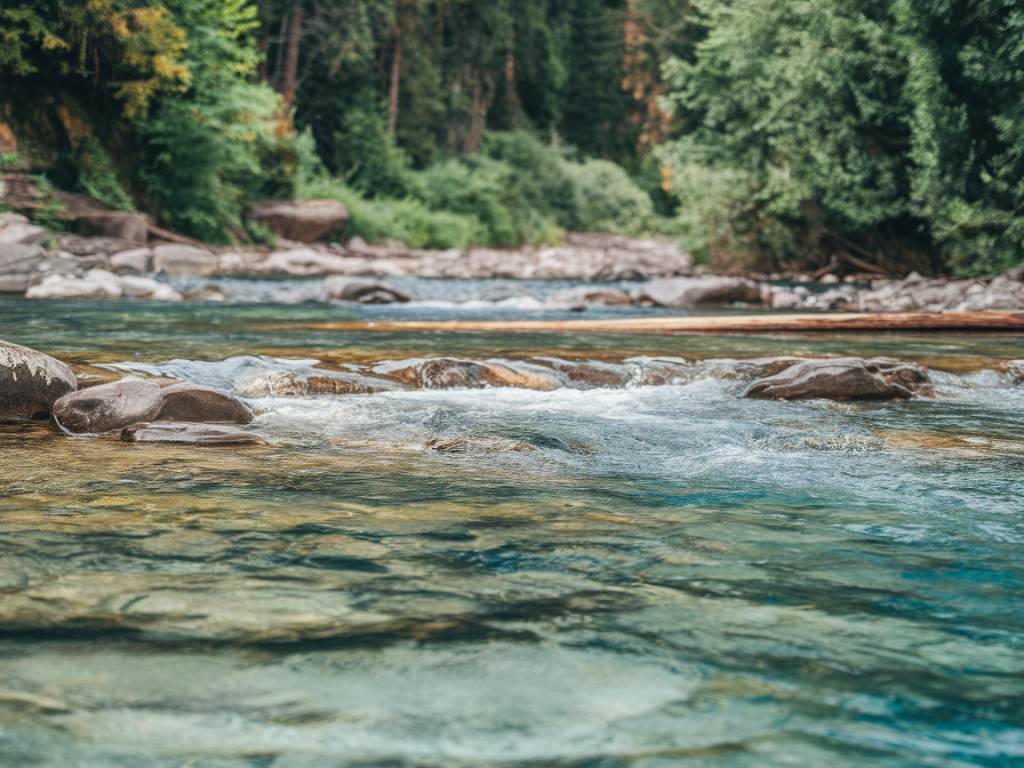
How to find safe water sources during wilderness travel
Exploring the wilderness can be one of the most rewarding experiences, offering a connection to nature that is hard to find elsewhere. However, ensuring access to safe water sources during wilderness travel is crucial for your health and safety. In this article, I will guide you through practical tips and methods to find and purify water in the wild, using keywords and terms associated with the subject to ensure this information is not only helpful but easily discoverable on Google.
Understanding Water Sources in the Wilderness
The first step in ensuring you have safe drinking water is understanding the different types of water sources you might come across in the wilderness. Common sources include rivers, streams, lakes, springs, and rainwater. Each type has its own set of potential contaminants and benefits. Therefore, knowing how to locate these sources and assess their quality is essential.
Identifying Natural Water Sources
When you are out in the wild, it’s important to identify natural water sources. Here are some tips for locating water:
- Look for low-lying areas: Valleys and depressions are likely spots for rivers and streams.
- Follow animal tracks: Wildlife often leads to water bodies as they too need to drink.
- Inspect vegetation: Lush, green plants usually indicate a nearby water source.
- Listen for running water: The sound of a river or stream can guide you even when not in sight.
Once you locate a water source, assessing its quality before drinking is vital.
Signs of Safe Water
While no natural water source can be guaranteed to be safe without treatment, certain signs can indicate cleaner water:
- Moving water: Flowing rivers and streams are more likely to be clean compared to stagnant ponds.
- Clear water: Avoid water that is murky, has a strange color, or an unpleasant smell.
- Avoiding animal activity: Water sources surrounded by animal feces or carcasses may be contaminated.
Methods of Water Purification
Even if the water looks clean, it should be purified to eliminate harmful pathogens. Here are some effective methods:
Boiling
Boiling water is the most reliable purification method. Bring the water to a rolling boil for at least one minute, or three minutes at higher altitudes. This method kills bacteria, viruses, and parasites.
Filtration Systems
Portable water filters and filtration systems are excellent for wilderness travel. These devices are designed to remove bacteria, protozoa, and some viruses. Look for filters with pore sizes small enough to trap harmful microorganisms.
Chemical Treatments
Chemical treatments, such as iodine tablets or chlorine dioxide drops, are lightweight and easy to use. Follow the manufacturer’s instructions carefully. It’s important to note that while effective against bacteria and viruses, some chemical treatments may not eliminate all parasites.
Ultraviolet Light Purifiers
UV light purifiers are a technologically advanced method for treating water. These devices use ultraviolet light to kill bacteria, viruses, and protozoa. They are compact and effective but rely on batteries or solar power.
DIY Filters
In emergency situations, you can create a makeshift filter using natural materials:
- Layer fabric, sand, charcoal, and gravel in a container.
- Pour water through the layers to remove larger particulates.
This method is not foolproof and should be paired with additional purification techniques.
What to Avoid
Knowing what to avoid is just as important as knowing where to look. Here are some tips:
- Avoid water near industrial areas or mines: These can be contaminated with heavy metals and chemicals.
- Stay away from agricultural runoff: Pesticides and fertilizers can poison water sources.
- Don’t drink from stagnant water bodies: They are breeding grounds for bacteria and parasites.
Storing Water Safely
Once you have purified your water, it’s crucial to store it safely. Use clean, BPA-free containers, and avoid cross-contamination by keeping your containers sealed. If you can, store backup water to mitigate the risk of running out.
Water Conservation Tips
Even if you find a reliable water source, it’s wise to conserve water while traveling in the wilderness:
- Limit water usage during cooking and cleaning.
- Avoid unnecessary water wastage.
- Plan your trips near reliable water sources.
Essential Gear for Water Safety
Having the right gear can make a significant difference in ensuring water safety during your wilderness adventures. Here are some items you might consider:
- Portable water filter or purifier.
- Collapsible water bottles or hydration bladders.
- Water purification tablets or drops.
- Fire-starting kit for boiling water.
Equipping yourself with these essentials can enhance your water safety and overall experience.
The Importance of Hydration
Staying hydrated is pivotal for maintaining energy and focus. Dehydration can lead to severe health issues such as heat exhaustion or heat stroke. Always make sure you have access to sufficient water during your journey.
Final Thoughts on Safe Water Sourcing
Finding and purifying water in the wilderness is a challenging but essential skill for any adventurer. By understanding the various water sources and purification methods, and by being prepared with the right gear, you can ensure safe hydration on your outdoor expeditions. Always remember that safety comes first, and being well-informed is the best way to protect yourself in the wild.
Happy adventuring!

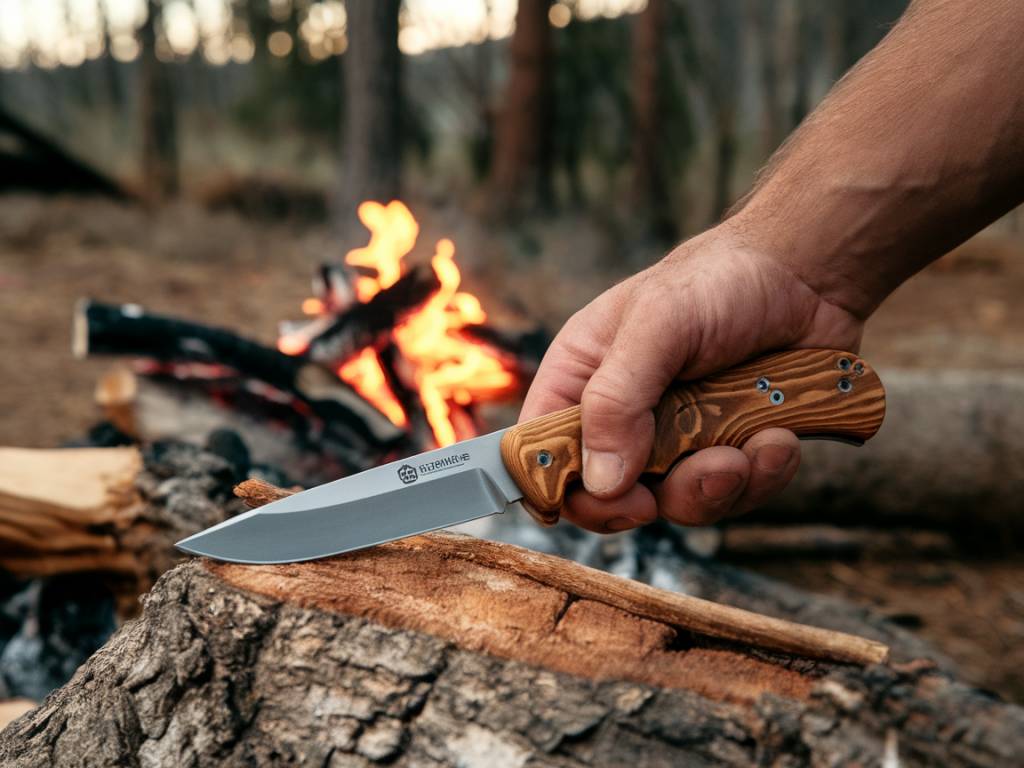 Best survival knives for outdoor adventures
Best survival knives for outdoor adventures 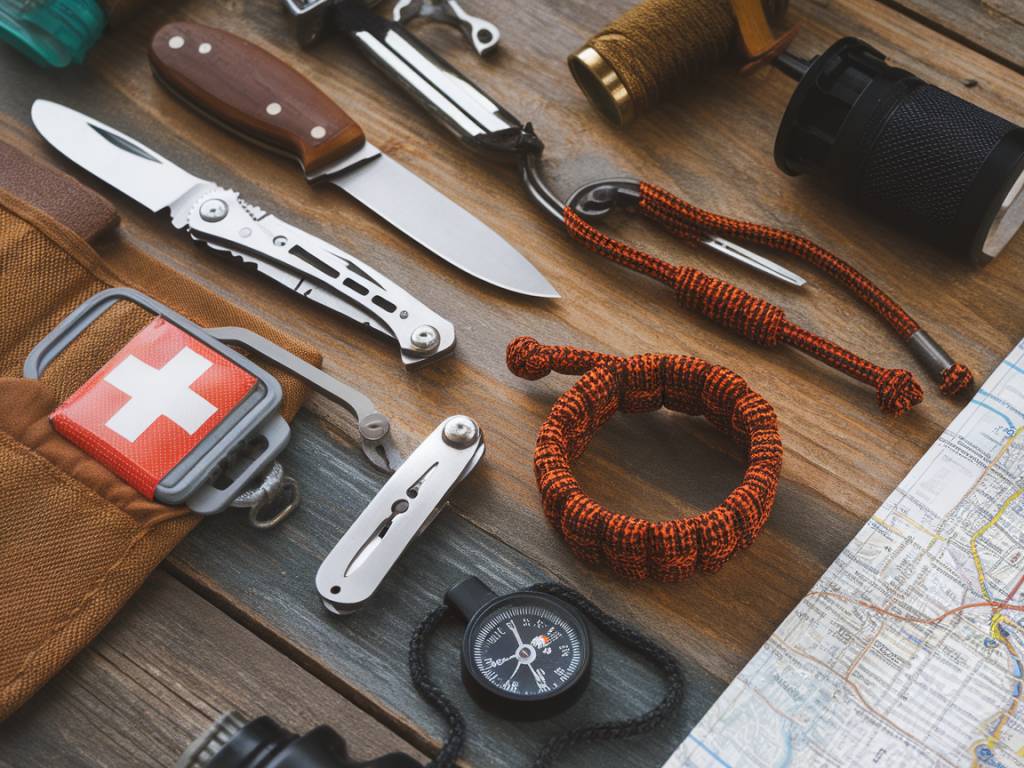 10 must-have survival tools for any adventure
10 must-have survival tools for any adventure  Wild foraging: identifying edible plants in the wilderness
Wild foraging: identifying edible plants in the wilderness 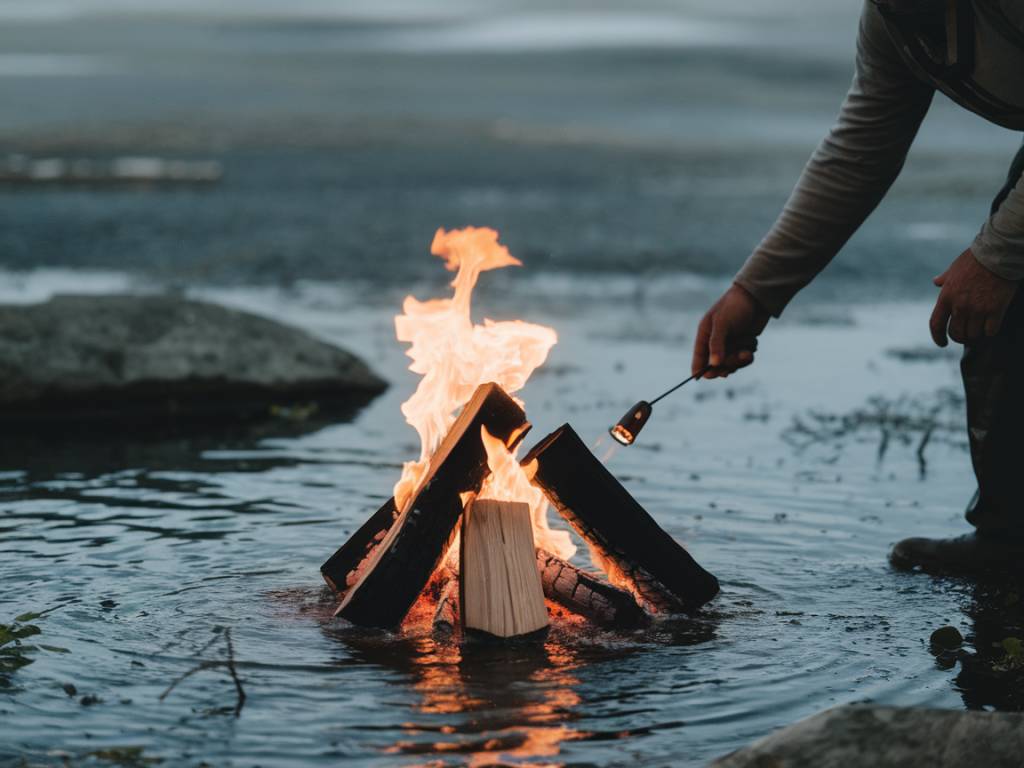 How to make a fire in any weather conditions
How to make a fire in any weather conditions 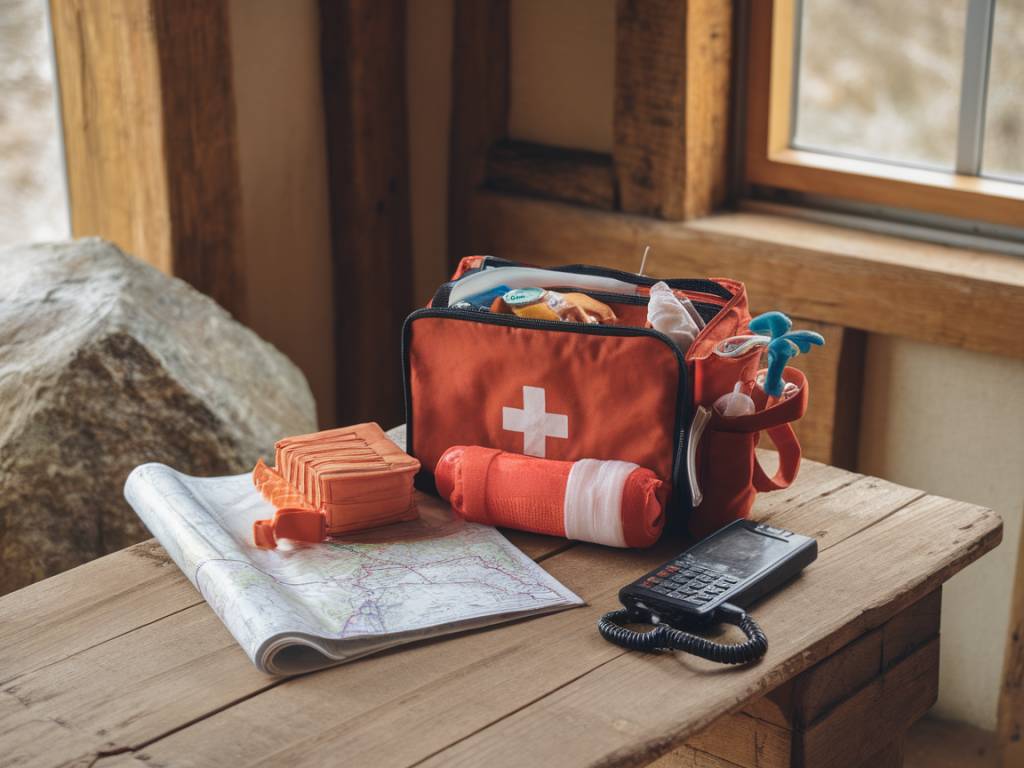 How to handle emergencies in remote locations
How to handle emergencies in remote locations 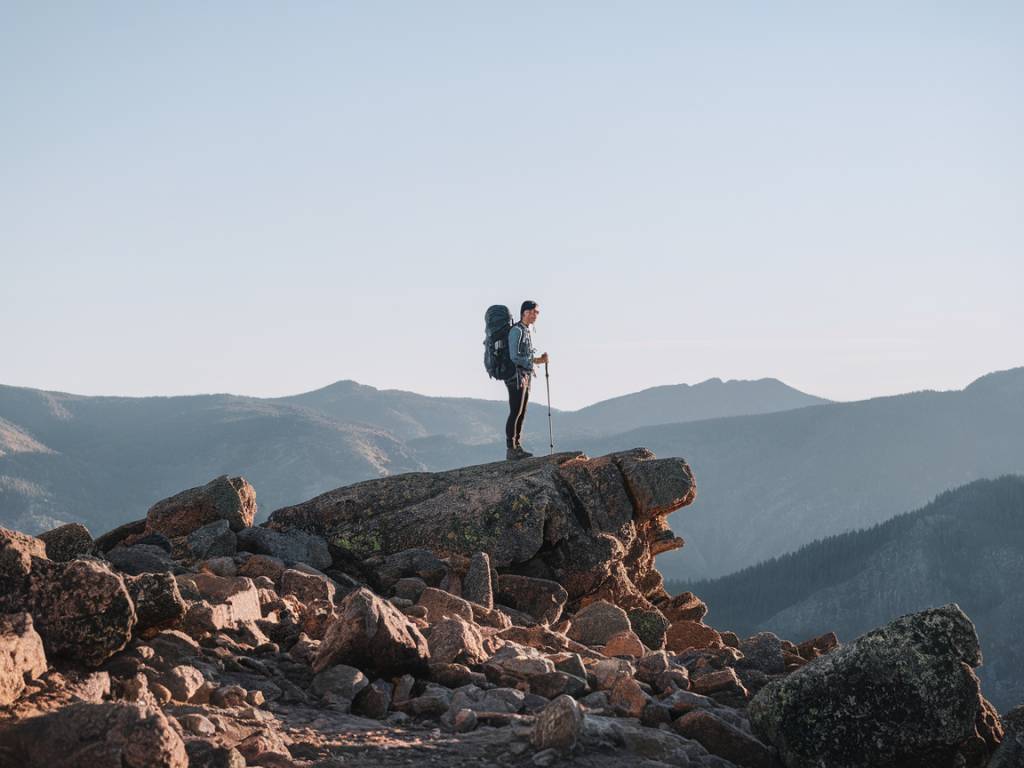 How to stay safe while solo hiking in remote areas
How to stay safe while solo hiking in remote areas 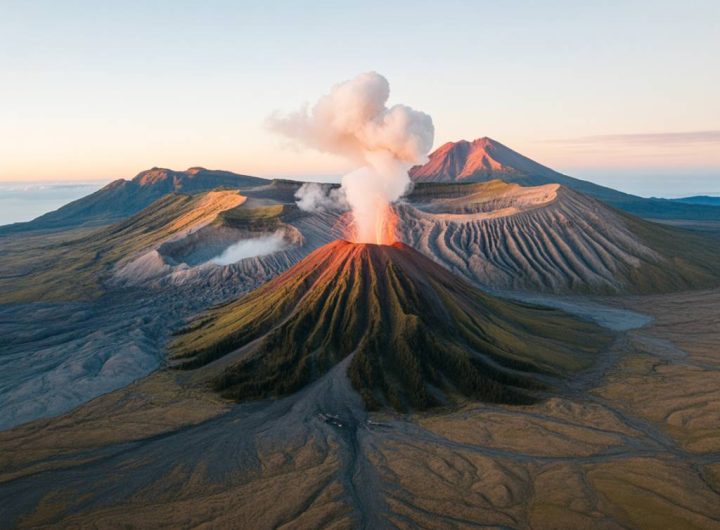 Exploring Volcanic Landscapes: Top Adventure Destinations Around Active Volcanoes
Exploring Volcanic Landscapes: Top Adventure Destinations Around Active Volcanoes 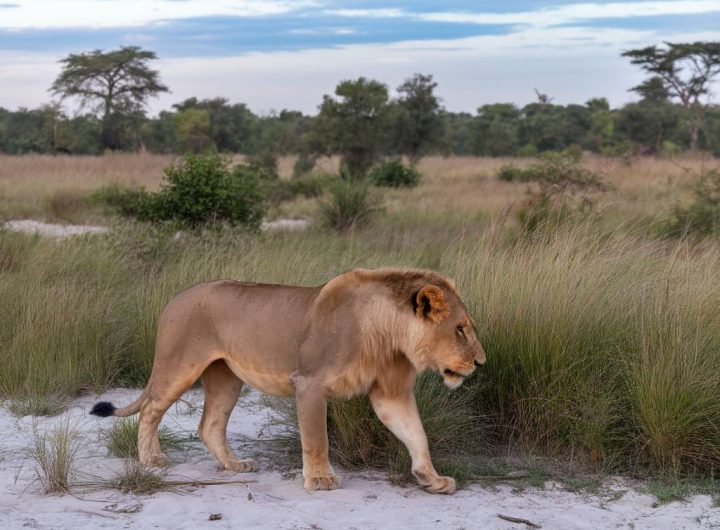 Best African safari destinations: top 5 experiences in Africa
Best African safari destinations: top 5 experiences in Africa 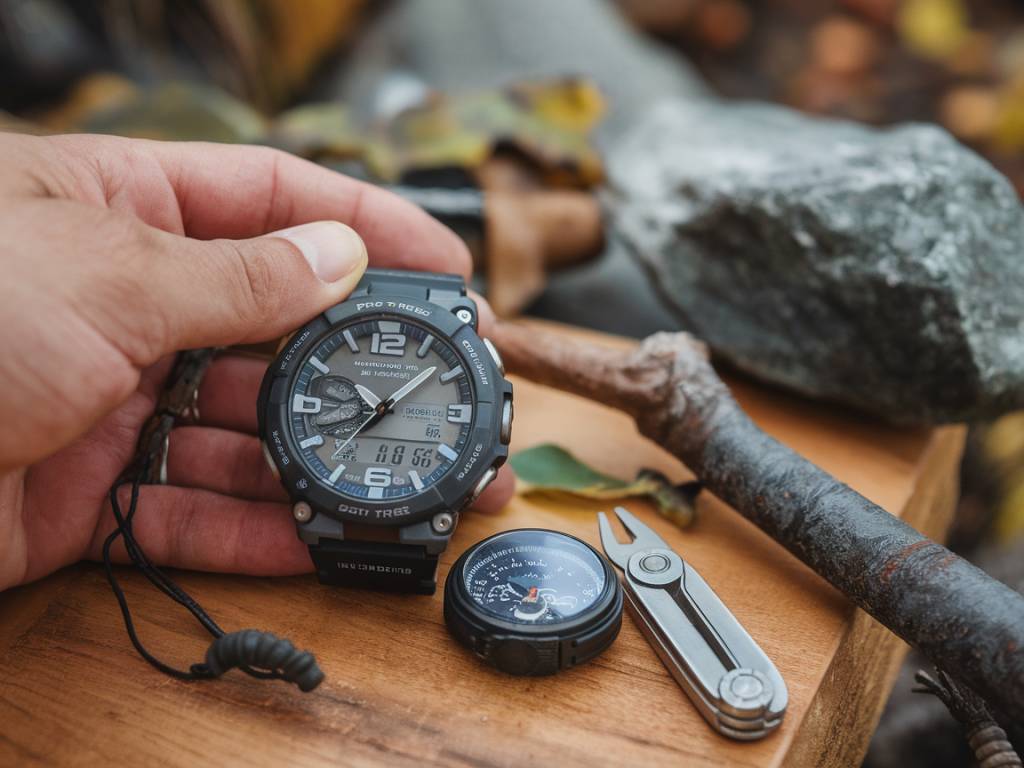 Top 5 adventure watches with gps and survival features
Top 5 adventure watches with gps and survival features